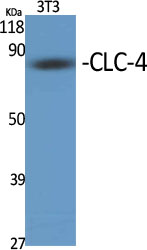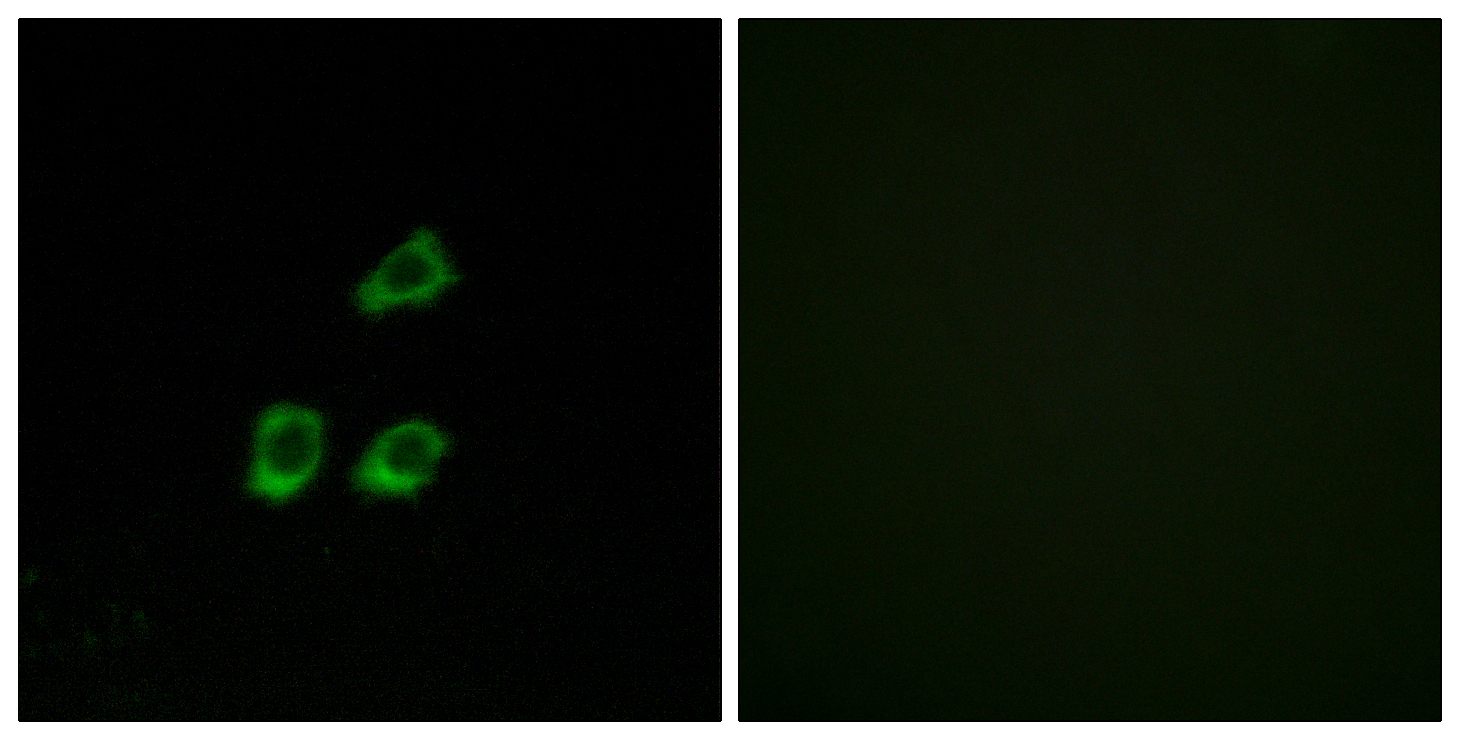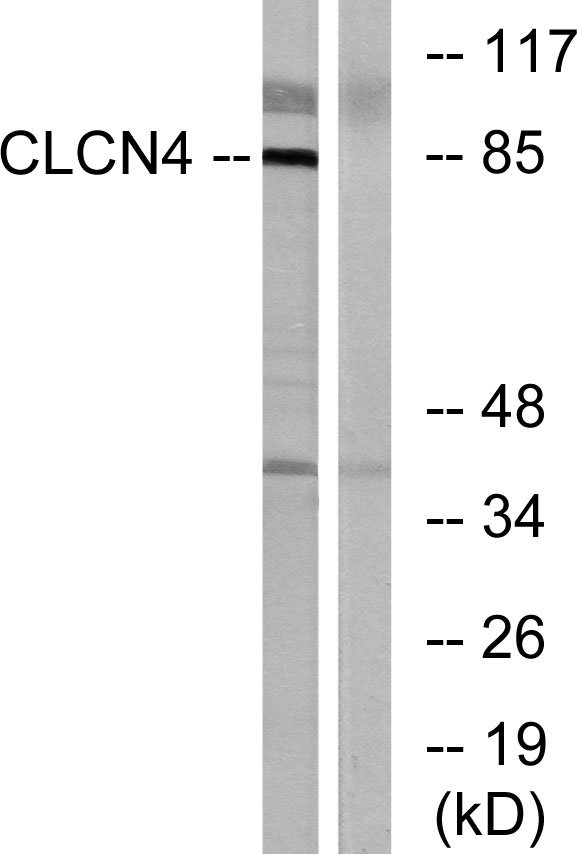CLC-4 Polyclonal Antibody
- Catalog No.:YT0959
- Applications:WB;IF;ELISA
- Reactivity:Human;Mouse;Rat
- Target:
- CLC-4
- Fields:
- >>Neutrophil extracellular trap formation
- Gene Name:
- CLCN4
- Protein Name:
- H(+)/Cl(-) exchange transporter 4
- Human Gene Id:
- 1183
- Human Swiss Prot No:
- P51793
- Mouse Gene Id:
- 12727
- Mouse Swiss Prot No:
- Q61418
- Rat Swiss Prot No:
- P51794
- Immunogen:
- The antiserum was produced against synthesized peptide derived from human CLCN4. AA range:221-270
- Specificity:
- CLC-4 Polyclonal Antibody detects endogenous levels of CLC-4 protein.
- Formulation:
- Liquid in PBS containing 50% glycerol, 0.5% BSA and 0.02% sodium azide.
- Source:
- Polyclonal, Rabbit,IgG
- Dilution:
- WB 1:500 - 1:2000. IF 1:200 - 1:1000. ELISA: 1:40000. Not yet tested in other applications.
- Purification:
- The antibody was affinity-purified from rabbit antiserum by affinity-chromatography using epitope-specific immunogen.
- Concentration:
- 1 mg/ml
- Storage Stability:
- -15°C to -25°C/1 year(Do not lower than -25°C)
- Other Name:
- CLCN4;H(+)/Cl(-) exchange transporter 4;Chloride channel protein 4;ClC-4;Chloride transporter ClC-4
- Observed Band(KD):
- 85kD
- Background:
- chloride voltage-gated channel 4(CLCN4) Homo sapiens The CLCN family of voltage-dependent chloride channel genes comprises nine members (CLCN1-7, Ka and Kb) which demonstrate quite diverse functional characteristics while sharing significant sequence homology. Chloride channel 4 has an evolutionary conserved CpG island and is conserved in both mouse and hamster. This gene is mapped in close proximity to APXL (Apical protein Xenopus laevis-like) and OA1 (Ocular albinism type I), which are both located on the human X chromosome at band p22.3. The physiological role of chloride channel 4 remains unknown but may contribute to the pathogenesis of neuronal disorders. Alternate splicing results in two transcript variants that encode different proteins. [provided by RefSeq, Mar 2012],
- Function:
- function:Proton-coupled chloride transporter. Functions as antiport system and exchanges chloride ions against protons.,miscellaneous:The CLC channel family contains both chloride channels and proton-coupled anion transporters that exchange chloride or another anion for protons. The presence of conserved gating glutamate residues is typical for family members that function as antiporters.,similarity:Belongs to the chloride channel (TC 2.A.49) family.,similarity:Contains 2 CBS domains.,tissue specificity:Abundant in skeletal muscle and also detectable in brain and heart.,
- Subcellular Location:
- Early endosome membrane ; Multi-pass membrane protein . Late endosome membrane ; Multi-pass membrane protein . Endoplasmic reticulum membrane ; Multi-pass membrane protein . Lysosome membrane ; Multi-pass membrane protein . Recycling endosome membrane ; Multi-pass membrane protein . Localizes to late endosome membrane, lysosome membrane and recycling endosome membrane in the presence of CLCN3. .
- Expression:
- Abundant in skeletal muscle and also detectable in brain and heart.
- June 19-2018
- WESTERN IMMUNOBLOTTING PROTOCOL
- June 19-2018
- IMMUNOHISTOCHEMISTRY-PARAFFIN PROTOCOL
- June 19-2018
- IMMUNOFLUORESCENCE PROTOCOL
- September 08-2020
- FLOW-CYTOMEYRT-PROTOCOL
- May 20-2022
- Cell-Based ELISA│解您多样本WB检测之困扰
- July 13-2018
- CELL-BASED-ELISA-PROTOCOL-FOR-ACETYL-PROTEIN
- July 13-2018
- CELL-BASED-ELISA-PROTOCOL-FOR-PHOSPHO-PROTEIN
- July 13-2018
- Antibody-FAQs
- Products Images

- Western Blot analysis of various cells using CLC-4 Polyclonal Antibody diluted at 1:500
.jpg)
- Western Blot analysis of RAT-MUSLE cells using CLC-4 Polyclonal Antibody diluted at 1:500

- Immunofluorescence analysis of HUVEC cells, using CLCN4 Antibody. The picture on the right is blocked with the synthesized peptide.

- Western blot analysis of lysates from MCF-7 cells, using CLCN4 Antibody. The lane on the right is blocked with the synthesized peptide.



